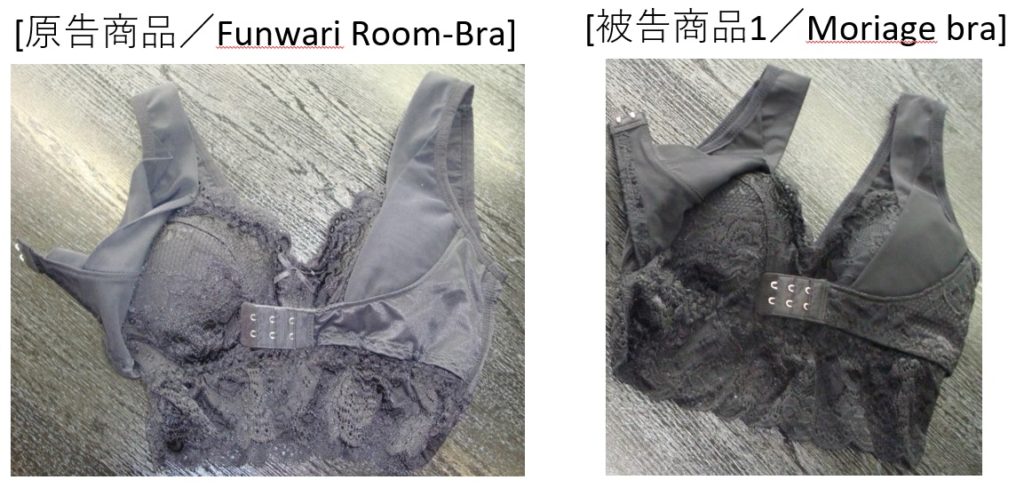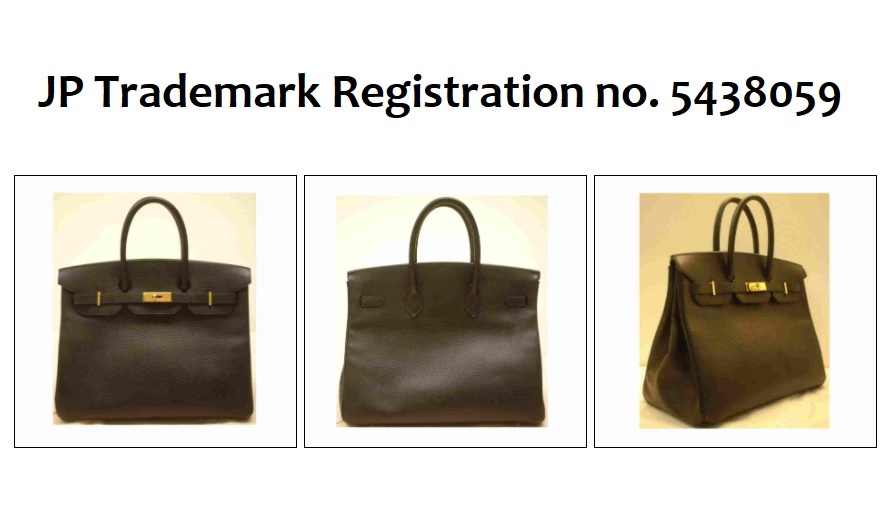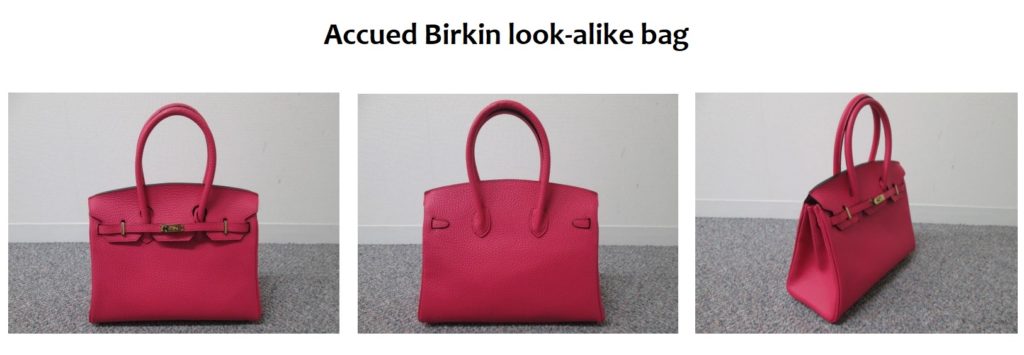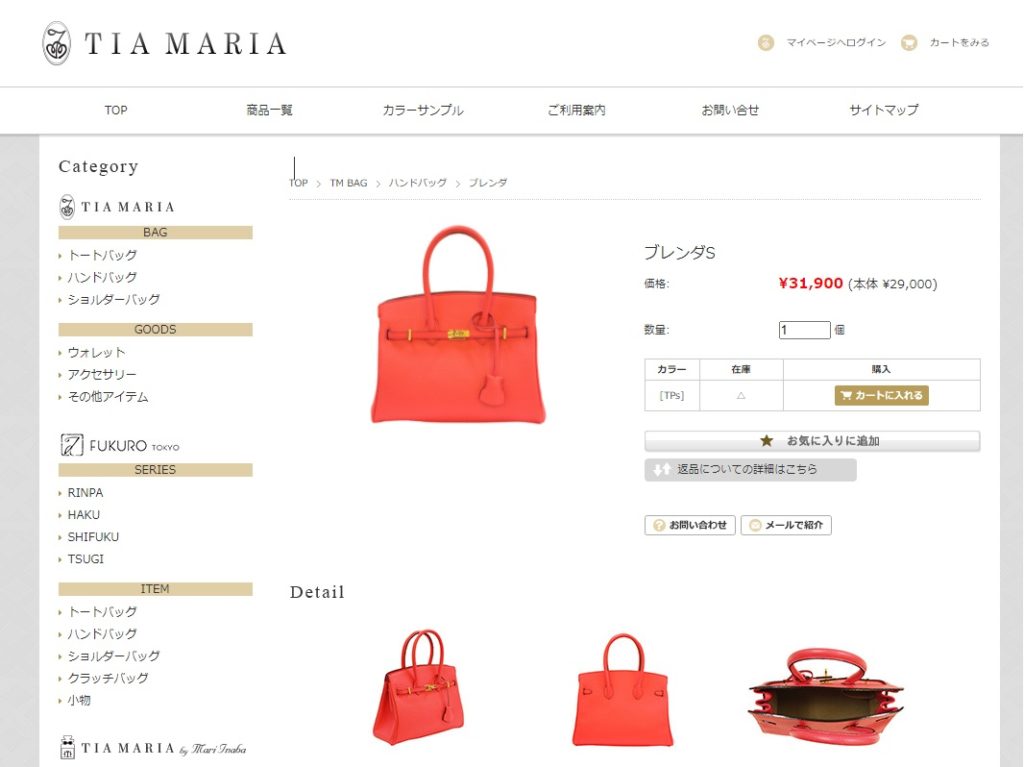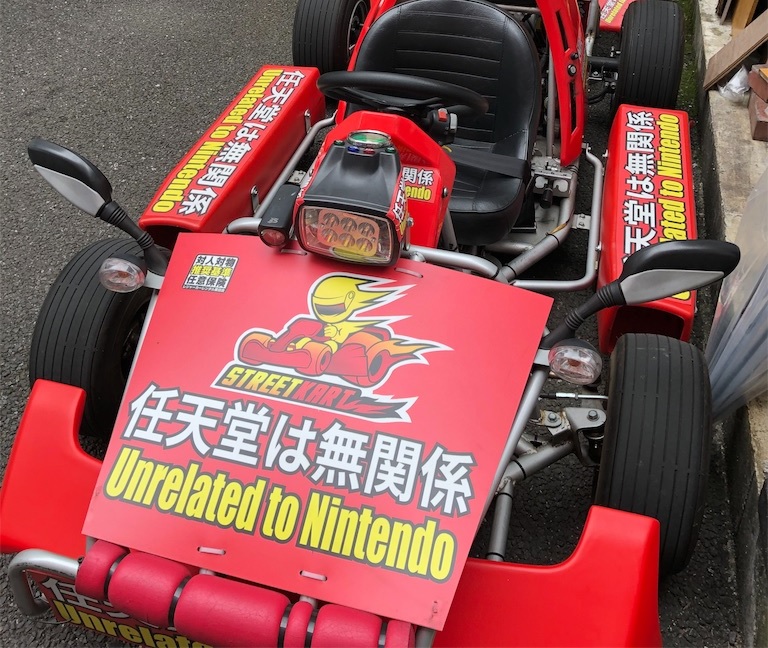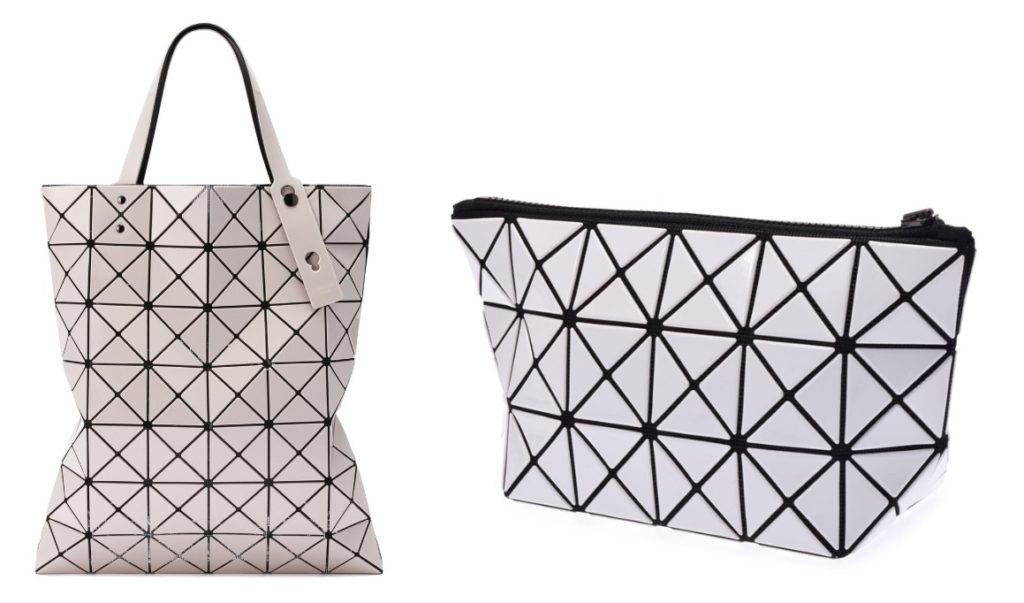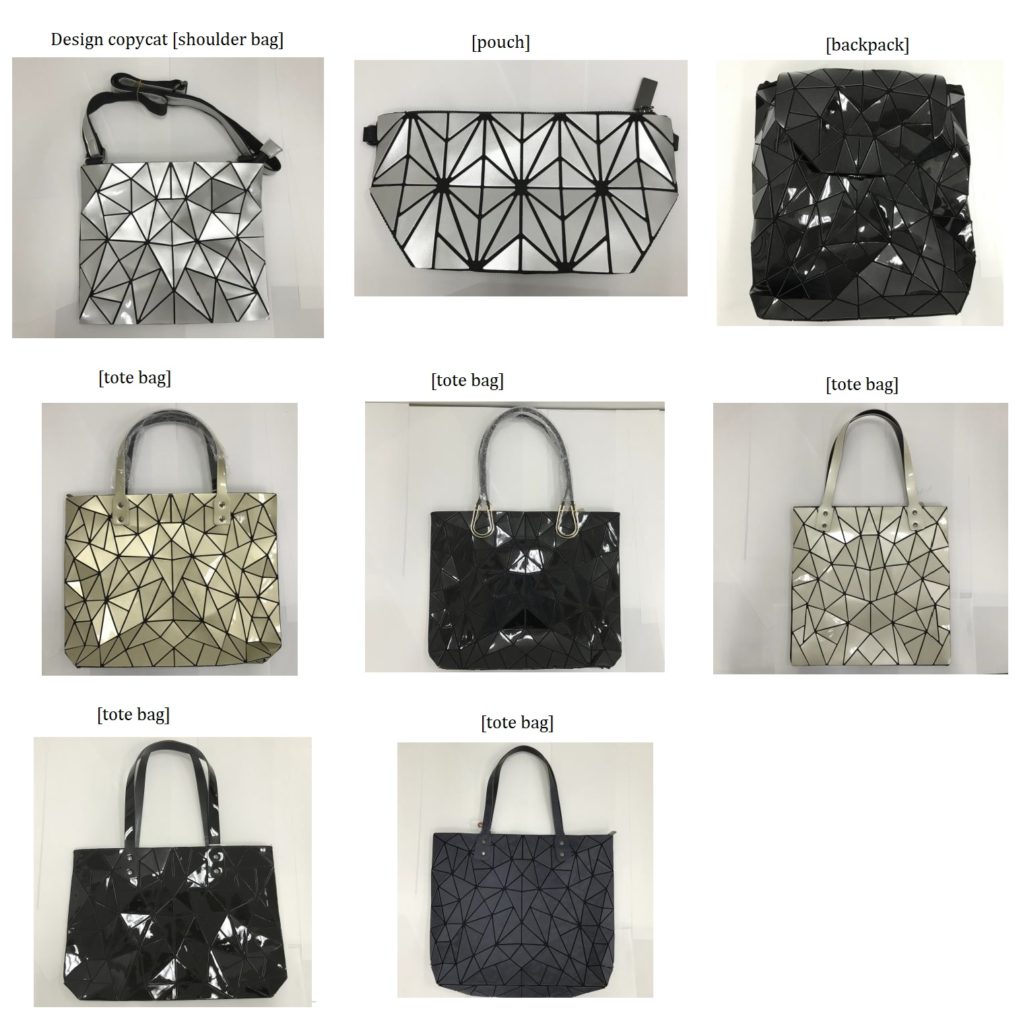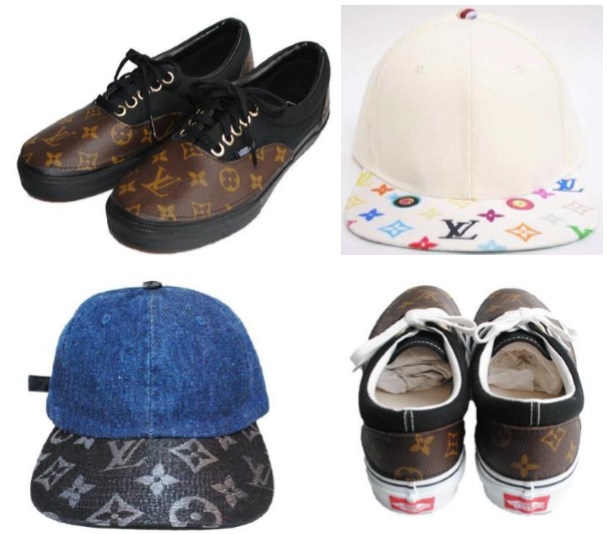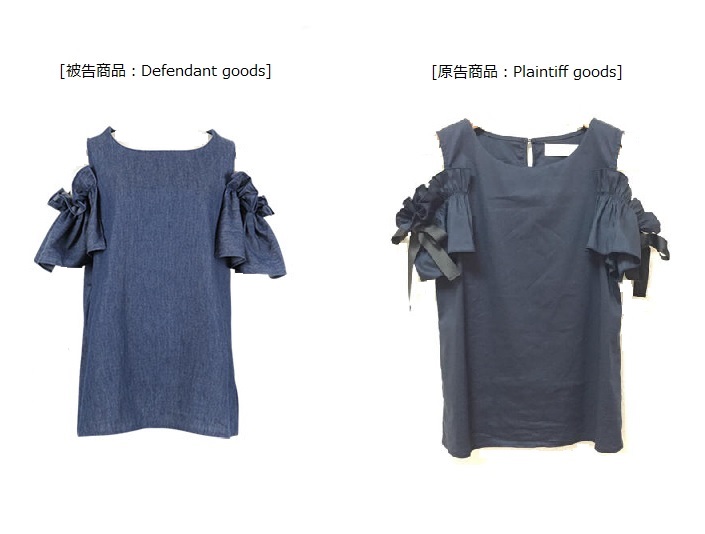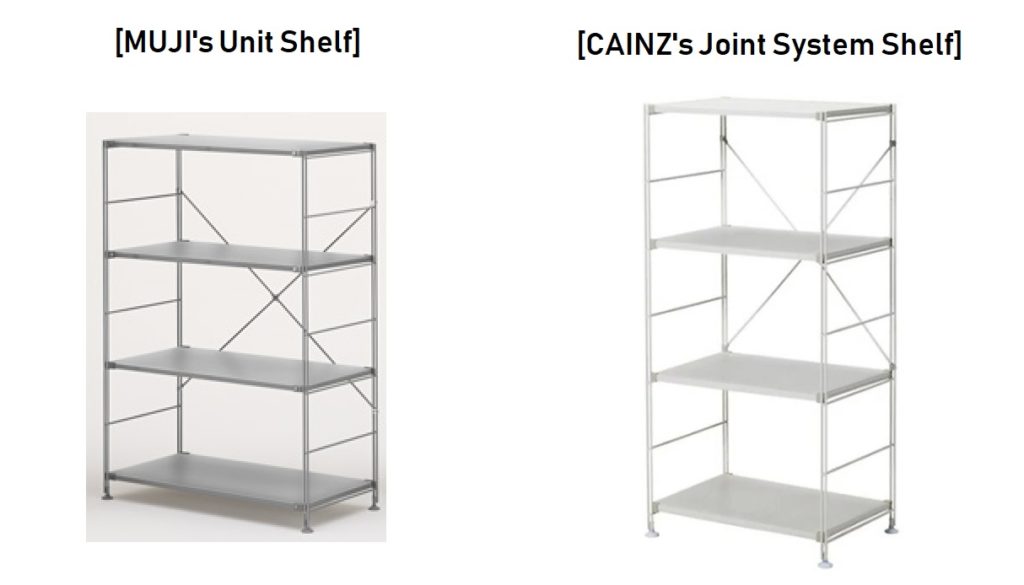The Unfair Competition Prevention Law (UCPL) protects famous trademarks regardless of their registration status under Article 2(1)(i) & (ii).
Article 2(1)(i)
The act of using goods or other indications (hereinafter, “goods or other indications” means name connected with person’s business, tradename, trademark, mark, container, or package of goods, or any other indication used for goods or business) which is identical with, or similar to, another person’s goods or other indication as to be well-known among consumers,or the act of selling, distributing, displaying for the purpose of selling or distributing, exporting, importing or offering via telecommunication lines goods on which such goods or other indication is used, thereby causing confusion with another person’s goods or business.
Article 2(1)(ii)
The act of using goods or other indications as one’s own while it is identical with, or similar to, another person’s famous goods or other indication, or the act of selling, distributing, displaying for the purpose of selling or distributing, exporting, importing or offering via telecommunication lines.
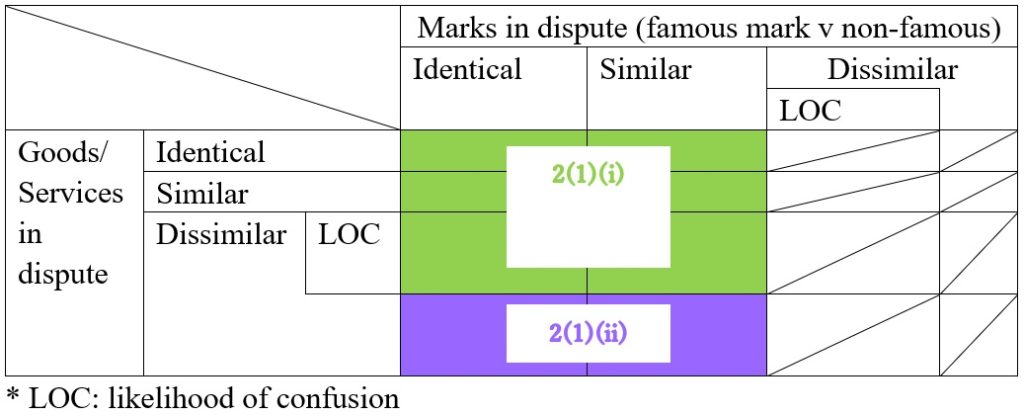
The UCPL provides legal remedies for famous trademarks even though they have yet to be registered in Japan under the Trademark Law. The UCPL privileges owners of the famous trademarks to take legal action against unauthorized use of the mark on goods or services remotely associated with their business, however, it does not go beyond the “similar” marks theoretically.

